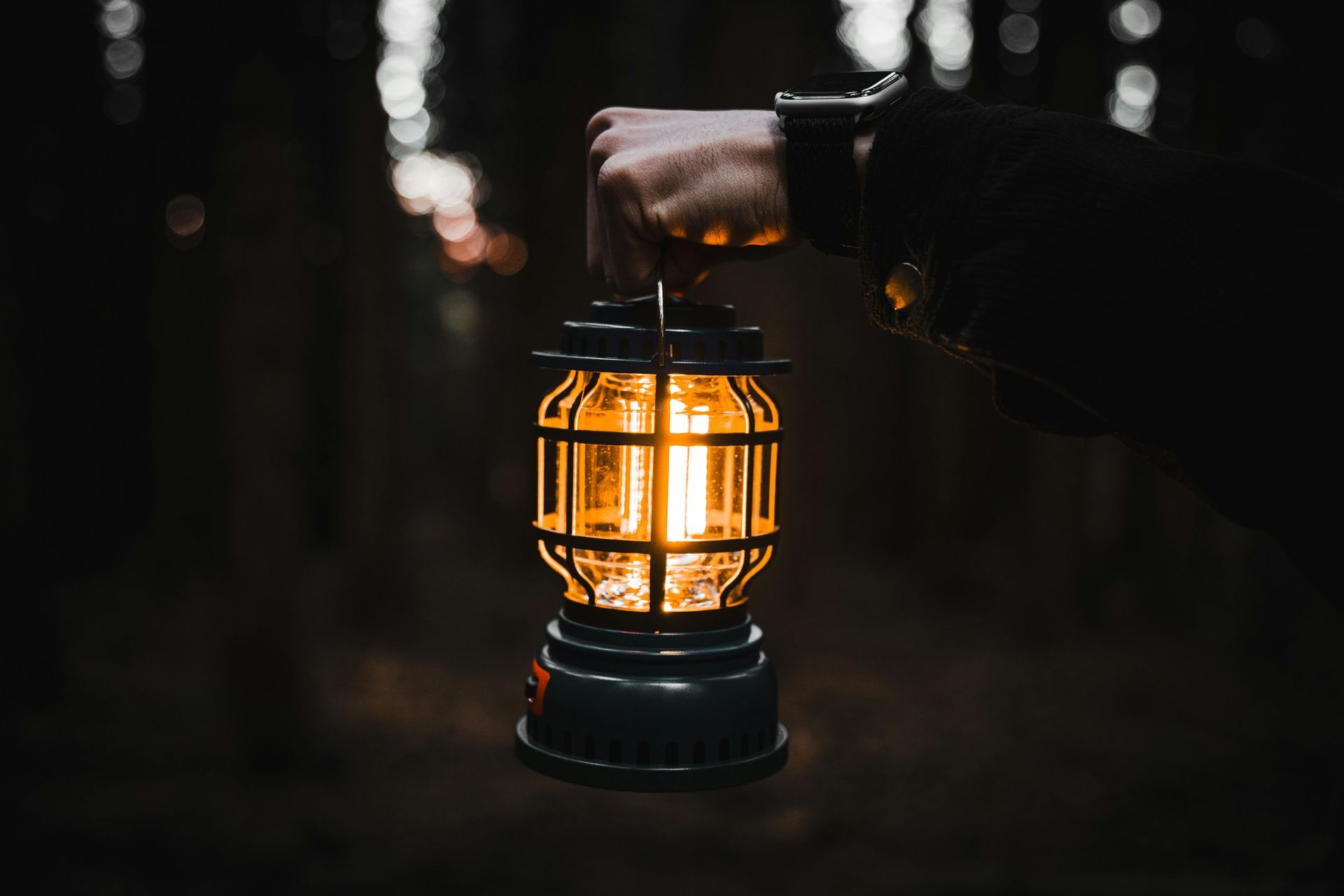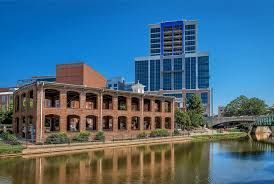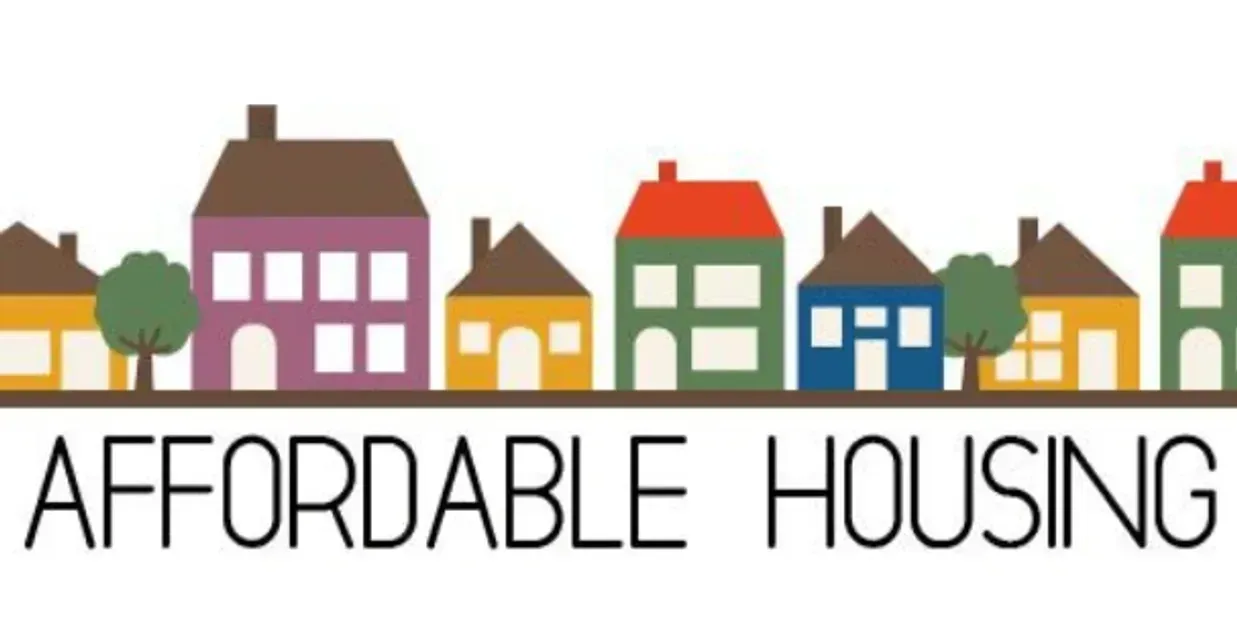BLOG
Affordable upstate
Revitalizing Naturally Occurring Affordable Housing (NOAH): A Value-Add Approach
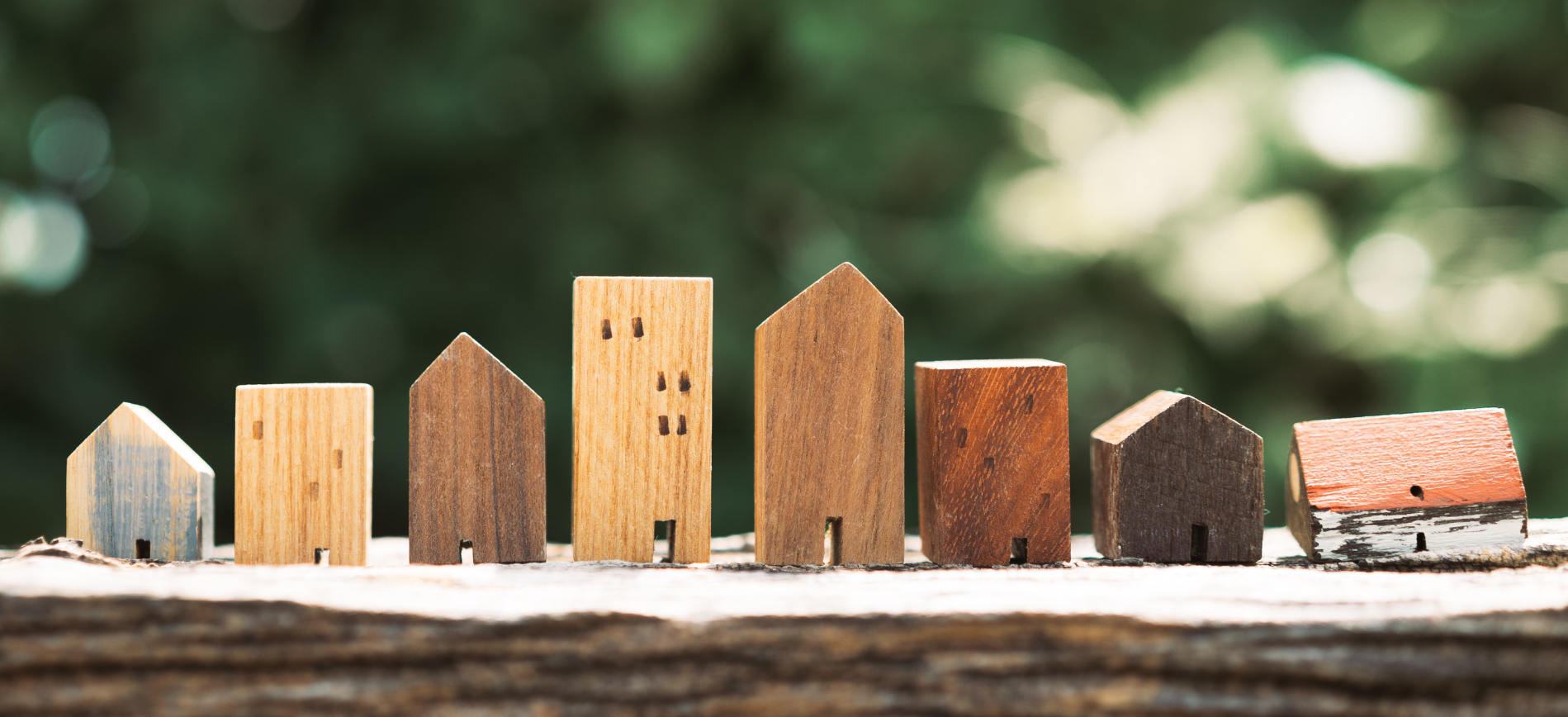
What is “Naturally Occurring Affordable Housing” (NOAH)?
Naturally Occurring Affordable Housing (NOAH) refers to older, unsubsidized apartment properties that are affordable due to their age, condition, or location – not because of any government affordable-housing program. These are typically Class B or Class C multifamily buildings (often 20+ years old) that have lower rents simply because they’re a bit dated or worn.
Importantly, NOAH units receive no direct public subsidy; their affordability is “natural” – a product of low market value, older features, or less-desirable location rather than rent control or tax credits. In fact, the majority of affordable rentals in the U.S. – about 75% – are NOAH units without any government assistance.
Lower-income households rely heavily on this aging housing stock for reasonably priced shelter. However, because these properties are older and cheaply priced, they are vulnerable – many face deteriorating conditions or get bought by investors who upgrade them into luxury units, causing rent spikes and displacement. Preserving NOAH has therefore become a critical strategy to maintain affordable housing options as cities like Greenville grow.
The Challenge: New Affordable Construction is Cost-Prohibitive
One might ask: why not just build new affordable apartments? The reality is that developing new housing with rents below $1,000 is nearly impossible without heavy subsidies, especially in today’s market. Construction material and labor costs have surged, and financing costs are high, so any brand-new apartment complex typically needs to charge much higher rents (often well over $1,200–$1,500 for a basic unit) to be financially viable. In the Greenville, SC area, this challenge is stark – recent data showed only 2% of apartments were listed for under $1,000/month. When you factor in utilities, the effective housing cost becomes unaffordable for over two-thirds of local workers.
Simply put, without significant government subsidies (which are limited), private developers cannot profitably build new units and rent them for under $1,000. This leaves a huge gap in the market where moderate-income families can’t find newly built housing within their budget. As a result, preserving and improving older affordable complexes is often the only feasible way to offer sub-$1,000 rents. It’s a pragmatic response to high construction costs – rehabilitating existing apartments tends to be far cheaper than ground-up development, sometimes costing 30–50% less per unit than building new. Thus, revitalizing NOAH isn’t just a feel-good option; it’s an economic necessity in many markets.
Preserving Affordability with Value-Add Renovations of Class B/C Propertiesvv
Given the hurdles of new construction, acquiring and renovating aging Class B and C multifamily properties has emerged as an effective strategy to preserve affordable housing. This approach treats older apartments as an opportunity: investors purchase a worn-down complex at a lower price, invest capital to rehab the units (new roofs, HVAC, interiors, etc.), and in doing so extend the property’s useful life by decades. The result is a value-add multifamily project – the property value and rents may increase after renovation, but the key is how it’s done. A mission-driven value-add strategy for NOAH focuses on keeping the upgraded units rent-accessible for moderate-income tenants (often below market rates), so the housing remains affordable even after improvements.
This model works well for several reasons:
- Cost Efficiency: It is far cheaper to rehab an existing unit than to build a new one from scratch. Upgrading an older apartment (fixing deferred maintenance, updating interiors) can cost a fraction of new construction, allowing investors to charge reasonable rents while still covering costs. As McKinsey notes, preserving an existing NOAH unit can be done at a fraction of the cost of building a new affordable unit (mckinsey.com), which makes preservation a financially savvy move in supply-constrained markets.
- Faster Delivery: Renovations generally have shorter timelines than new development (no lengthy permitting for new structures or land acquisition hurdles). This means improved units can come online faster for renters in need.
- Preventing Displacement: By buying these properties before purely profit-driven speculators do, mission-oriented investors can prevent scenarios where NOAH buildings are flipped into high-end rentals. In many markets, older affordable complexes get acquired by outside developers who then do luxury upgrades and raise rents by hundreds of dollars, effectively pricing out long-time residents. A preservation-minded renovation still upgrades the property (improving safety and quality) but keeps rent increases moderate, often aiming to stay below market rates so that existing residents can return or new low-to-middle income tenants can afford to move in.
- Community Revitalization: Renovating a dilapidated property lifts up the whole neighborhood. It addresses issues like code violations or blight, increases curb appeal, and can reduce crime – all while maintaining a place for current community members to live. It’s a way to revitalize without gentrifying, when done thoughtfully.
- Investor Upside: From an investor’s perspective, this is still a classic value-add multifamily investment. The property’s net operating income and value typically increase post-renovation (through improved occupancy, slightly higher yet still affordable rents, and lower maintenance costs going forward). Investors can achieve solid returns via higher valuation or cash flow, even while charging below-market rents, because the basis (purchase price + rehab cost) remains low.
As Mario Brown of Affordable Upstate puts it, “We operate at the intersection of profit and purpose… This efficient approach allows us to deliver substantial returns to our investors while charging below market rent to future residents, demonstrating that community support and financial success can go hand in hand.” In short, preserving NOAH can satisfy both the social impact goals and the financial objectives of savvy real estate investors.
Case Study: Vista West III – Preserving NOAH in Berea (Greenville County)

A prime example of NOAH revitalization is Affordable Upstate’s Vista West III project in Berea, SC, an unincorporated community in greater Greenville. This project involves two aging apartment complexes (one 14-unit building at 100 Lily St. and a 24-unit building at 2001 West Parker Rd) that backed up to each other and together comprised 38 units. These properties were classic NOAH – older, naturally affordable apartments serving lower-income residents in the Berea area. As Greenville’s growth began to put pressure on nearby neighborhoods, Affordable Upstate saw an opportunity to preserve these units as long-term affordable housing while significantly improving their condition.
Vista West III is undergoing a full “gut” renovation – essentially turning a tired 1970s-era complex into a “like-new” community. Everything from the plumbing and electrical systems to the windows and fixtures are being replaced or upgraded. “This is going to be a brand-new complex,” noted Matt Foster of NOAH Property Management in a site visit, emphasizing that most typical rehabs only do superficial upgrades, whereas here “everything’s going to be brand new.” The renovation is comprehensive: modern interiors (new appliances, finishes, and energy-efficient systems), improved insulation and windows for lower utility costs, repaired structure and roofing, refreshed exteriors and landscaping, and added amenities for safety and comfort. By upgrading all 38 units at once (rather than a building-half at a time), the project also gains efficiency and will present a fully improved community to returning tenants on day one.
Crucially, Affordable Upstate made tenant well-being a top priority throughout this process. All residents living in the complex were temporarily relocated before construction, with zero evictions. The company partnered with a nonprofit, Southeast Affordable Housing Administration (SAHA), to subsidize the relocation of residents to nearby properties within Affordable Upstate’s portfolio during the rehab. SAHA even covered moving expenses and subsidized the displaced tenants’ rents at their interim housing. This ensured that the renovation could proceed with vacant units (speeding up construction) without displacing the families – they had somewhere safe and affordable to live in the meantime. Furthermore, all former residents were given guaranteed preference to return to the upgraded apartments once Vista West III is complete. In fact, as soon as residents saw the fast progress on-site, many got on the waitlist excited to come back. This commitment to the community is summed up by Mario Brown, co-founder of Affordable Upstate: “This isn’t just about redeveloping buildings; it’s about rebuilding trust, pride, and opportunity in the community.”
When Vista West III reopens, the rents will remain below the market rate for comparable new units, fulfilling the NOAH preservation promise. By charging affordable rents (while still a modest increase from pre-renovation levels to reflect the property’s improved quality), the project can attract a stable tenant base from the local workforce and ensure the original community members aren’t priced out. The property will be managed by NOAH Property Management, which takes an innovative, resident-centric approach. For example, NOAH Property Management will report residents’ on-time rent payments to credit bureaus to help boost their credit scores, and it offers a deposit alternative program to reduce upfront cost burdens for renters. These measures improve residents’ financial stability – a meaningful quality-of-life upgrade beyond just the fresh paint and new appliances.
Overall, the Vista West III rehab is transforming an outdated complex into “Greenville’s premier affordable housing community”. It exemplifies how thoughtful apartment renovations (or “housing rehab investments”) can preserve NOAH units in an appreciating market. In Berea, a submarket that has historically been one of Greenville’s affordable areas, this project prevents the loss of 38 affordable homes and sets a standard for rehabilitating aging apartments without losing sight of the existing residents. It’s a win-win for the neighborhood: the community gets a facelift and safer, higher-quality housing, while longtime residents retain an affordable place in that community.
Improving Quality of Life While Boosting Returns: The Benefits of NOAH Revitalization
Revitalizing NOAH properties like Vista West III carries significant benefits for both tenants and investors:
- Better Housing for Tenants: Residents enjoy a higher quality of life after renovation – units are safer, cleaner, and more modern. Features like new HVAC systems, updated kitchens, and repaired infrastructure mean fewer maintenance issues and healthier living conditions. Upgraded properties are often more energy-efficient, lowering utility bills for tenants. In Vista West III’s case, residents will return to like-new apartments with modern comforts, without a sharp rent increase keeping them out.
- Community Stability and Pride: Rather than being displaced, tenants can remain in their neighborhood and even take pride in the renewed community. Preserving affordable housing keeps families and social networks intact, avoiding the disruption that comes when people are forced out by rising rents. The surrounding community also benefits from the elimination of blight – a renovated property can inspire broader neighborhood improvements and reduce crime, fostering a sense of safety and pride locally.
- Extended Building Lifespan: A comprehensive rehab effectively resets the clock on an older building. By addressing structural issues and replacing aging systems, investors can extend the property’s useful life by decades, safeguarding these affordable units for the next generation of renters. This prevents the loss of affordable stock to physical deterioration. In other words, rehab = preservation of housing that would otherwise eventually become uninhabitable or ripe for luxury redevelopment.
- Maintained Affordability: Crucially, the rents are kept affordable relative to the market. In a rising-demand area like Upstate SC, this means working-class individuals and families (teachers, service industry workers, retirees, etc.) have access to quality housing at a attainable cost. Affordable Upstate’s strategy demonstrates that it’s feasible to offer upgraded apartments at below-market rents if the acquisition and rehab are managed wisely. This model directly addresses the regional shortage of affordable units and helps prevent rent spikes that lead to displacement.
- Attractive Returns for Investors: From an investment perspective, NOAH preservation can be quite lucrative when done at scale. Value is created through forced appreciation – the renovations increase property value and allow slightly higher (but still modest) rents, improving cash flow. Because the properties were acquired at low cost, the post-renovation value often significantly exceeds the total project cost, boosting equity. Investors in Affordable Upstate’s projects, for example, see both financial returns and “social returns.”
There’s also less competition in this niche; not all investors are willing to put in the effort for socially conscious rehabs, so those who do (with the right expertise) can find great deals. Additionally, occupancy in these revamped affordable communities tends to be very high (given the huge demand for affordable housing), leading to stable income streams. The Vista West III project illustrates this balance: by concentrating the renovation in a tight timeframe and utilizing partnerships to lower costs, the developers can deliver solid returns to passive investors while still charging below-market rents.
A Smart, Impactful Investment Strategy for Upstate SC
Revitalizing naturally occurring affordable housing is not only a socially responsible endeavor – it’s also a financially smart strategy for passive real estate investors, especially in growing markets like Upstate South Carolina. By focusing on NOAH preservation and value-add multifamily apartment renovations, investors like Affordable Upstate are effectively addressing the region’s housing affordability crisis and capitalizing on a sustainable business model. As Greenville and its suburbs expand, demand for quality workforce housing is surging, yet new supply at affordable price points is scarce. This puts well-located Class B/C properties in the Upstate in a sweet spot for rehabilitation and repositioning.
The approach championed by Mario Brown and his team marries “profit and purpose,” demonstrating that you don’t have to sacrifice returns to do the right thing. Investors who participate in these housing rehab investments are essentially investing in the community’s future while diversifying their portfolio with income-producing assets. Over time, this strategy can help preserve the character and diversity of neighborhoods in Greenville County by ensuring that long-term residents aren’t pushed out by redevelopment. It also aligns with growing investor interest in ESG (Environmental, Social, and Governance) and impact investing – putting capital to work in ways that yield positive social outcomes alongside financial gains.
In conclusion, preserving and revitalizing NOAH properties is a win-win strategy. It protects critically needed affordable housing stock, improves living conditions for residents, and delivers competitive returns through savvy value-add execution. The Vista West III case study in Berea showcases how this can be done: with planning, partnership, and a commitment to keeping housing attainable. As Upstate SC continues to grow, doubling down on NOAH preservation will be key to inclusive prosperity. For passive investors looking for stable returns with upside potential – and the knowledge that their investment is making a positive impact – NOAH revitalization projects offer an ideal opportunity to do well by doing good. By revitalizing yesterday’s apartments for today’s families, investors like Affordable Upstate are proving that quality affordable housing can be saved, improved, and kept affordable, to the benefit of all stakeholders involved.
